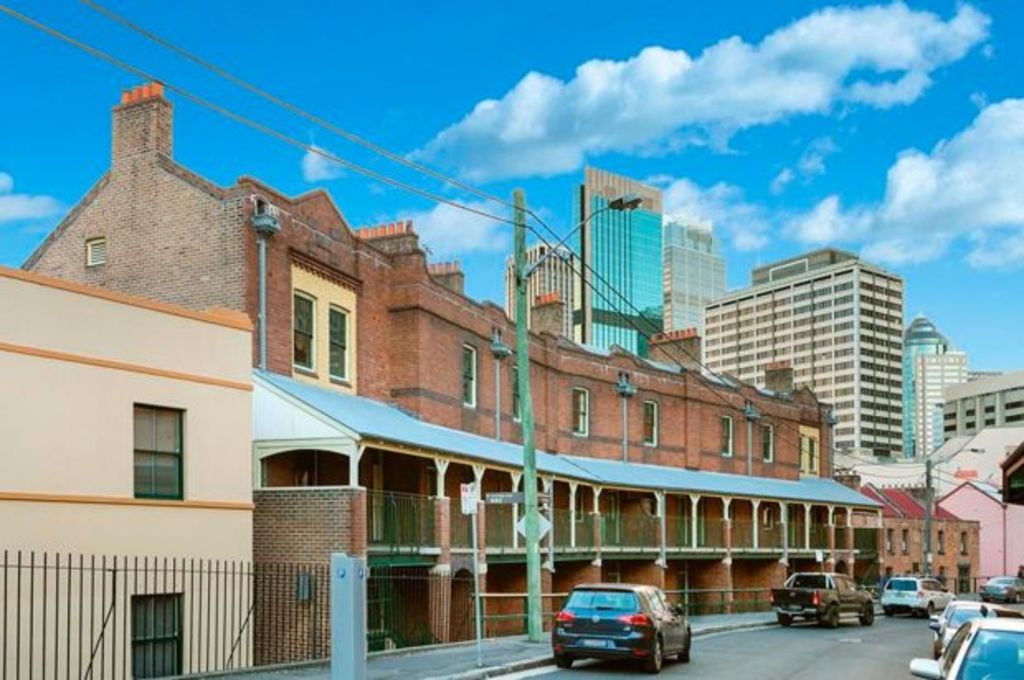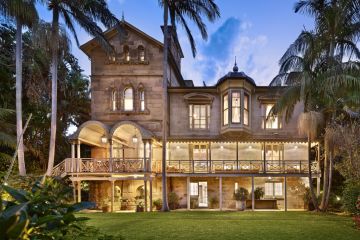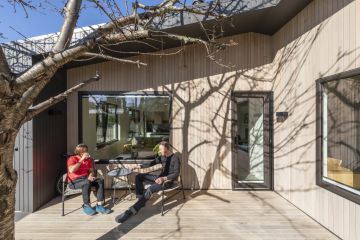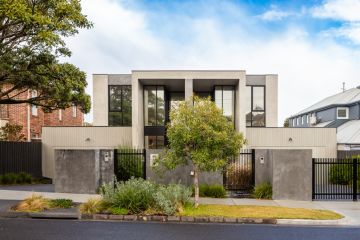Governments must stop segregation in big cities, architect Heinrich Wolff warns

Government intervention is crucial for ensuring a greater mix of housing in rapidly gentrifying inner city regions.
In a time when homes are typically more expensive the closer they are to a city’s centre, a world authority on urban design is warning of the negative impacts of pushing lower income earners to city fringes.
The geographic division of communities by income is what South African architect and project manager Heinrich Wolff, has noticed most about our cities. He is in Australia to talk at the 2017 Australian Urban Design Awards and Design Speaks.
“The wealthy people live [in one place], the middle income [in another] and the poor [another],” he said.
He noted while the opposite approach seen in cities like Sao Paulo in Brazil – where the mix of apartments, mansions and shacks side by side provides a “jarring contrast” of the city’s inequality – wasn’t necessarily the best approach, a mix of dwellings for all income levels was crucial.
“You need to have big and small apartments side by side, properties for students, labourers and professionals side by side … integration is vital,” he said.
“In all our communities we need to allow an overlap of different ages, different genders, different nationalities and different income brackets. The more segregation, the more distance built between us, the lesser understanding we have of each other.
“We need this overlap in buildings, in apartment blocks, in neighbourhoods, and on a metropolitan scale.”
In his keynote address on “Network Systems” at the Australian Urban Design Awards in Brisbane on Wednesday night, Mr Wolff will look at how good urban design can open up cities and make them more permeable for all people.
He will also focus on one of his own projects –The Watershed in Cape Town – and the role urban design and architecture is playing in addressing inequality and opening up cities to all in post-apartheid South Africa.
Mr Wolff said an individual’s right to movement and right to the opportunities of a city, were two key factors that need to be addressed to create more equal cities.
“It sounds simple but segregation is the result of the inability to move around,” he said. “This can be everything from a kerb being inaccessible to someone in a wheelchair to the impenetrability of a city … due to a lack of transport that stops people going from one area to another.
“Everyone has just as much entitlement to a city.”
Mr Wolff said if governments did not do more to ensure a greater mix of dwellings right across cities, markets would continue to decide their configuration and lead to further socio-economic segregation.
“In the case of some neighbourhoods we see them pushing more upmarket and upmarket, pushing the lower income earners away and further out of the city,” he said. “They become part of an increasingly marginalised community and this results in increased inequality.”
He said while governments were quick to intervene in other markets where third parties suffered as the result of other people’s choices and economic transactions, they were more inclined to let market forces shape the evolution of cities.
The need to design cities that create equal opportunity for all, doesn’t just apply to what homes we build, but how we design our commercial and retail centres.
When Mr Wolff’s firm Wolff Architects was approached to transform an industrial shed on the Cape Town waterfront into a business incubator it responded with an additional proposal to put a new street through the shed to create a pedestrian network connecting several popular areas around it.
The street reclaimed public space and the foot traffic made it an ideal spot for retail space, Mr Wolff said. Instead of renting it out to one or two big retail tenants, the opportunity was given to small and emerging businesses, resulting in a vibrant marketplace.
“It’s an example of how we can open up our cities and make them more permeable to economic opportunities,” he said. “If we shape our cities properly we can achieve network systems.”
He said the key to designing good cities was to create places that presented equal opportunity for all.
States
Capital Cities
Capital Cities - Rentals
Popular Areas
Allhomes
More






